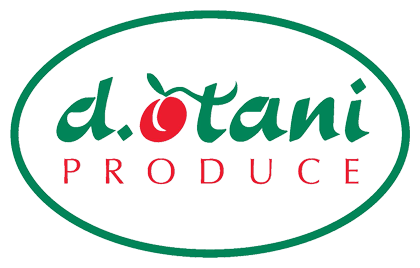Receivers of California apples are guaranteed one thing. The fruit couldn’t be fresher if they had picked it off the trees themselves.
The reason: Once the apples are harvested, the industry moves them into the pipeline immediately.
Alexander Ott, executive director of the California Apple Commission, put it this way. “We’re very different than other apple-producing states,” he told The Produce News. “We pick. We pack. We ship.” The apples do not go into storage. Each year, California grows and markets around 2.5 million boxes of apples. (Photo courtesy of the California Apple Commission)
Each year, California grows and markets around 2.5 million boxes of apples. (Photo courtesy of the California Apple Commission)
The window for California’s apple season is a relatively narrow one. Ott said this year’s season began on July 2, and harvesting will run through the beginning of October. Each year, the shipping season changes depending upon the crop itself. This season, Ott expects shipping will finish by Christmas.
California apple production centers around Gala, Granny Smith, Fuji and Cripps Pink varieties. “Some people are doing Braeburns,” Ott commented. These varieties do well in California’s climate, and the apples have good sugars due to the heat.
Ott said California’s annual apple crop typically falls in the 2 million- to 2.5 million-box range. At the current time, approximately 12 percent of the annual crop is organic.
Breaking down the overall volume, he said the majority of apples are sold domestically. California consumers purchase between 40 percent and 45 percent of the crop each year, and the rest is sold out of state. “We’ve actually shipped some to New York and Massachusetts,” Ott said. Outside California, recent data show that the top states that purchase California apples are Texas, Washington, Illinois and Florida.
Approximately 20 percent of California apple volume is moved offshore. Top export destinations for California apples are Canada, Mexico and Southeast Asia.
Ott was asked how growers are reacting to the announcement that China opened its doors to American apples. “There may be some potential there,” he replied. “We’re waiting and watching.” Ott said growers will monitor apple movement from Washington to see how things go.
“Obviously, we have a concern about Chinese apples coming in,” he commented. “We want to be sure pests and diseases are controlled on both ends.”
The California Apple Commission has set its priorities to include market access, food safety and research. “We do things growers can’t do,” Ott said, adding that this creates efficiencies for the industry as a whole.
At the current time, the commission is looking at some market access issues that have been raised by countries that have flagged apple imports.
On the research side, Ott said funds continue to be earmarked to study fire blight.
Ott was asked about the impact of California’s drought. While water has been available for this year’s crop, Ott said 2016 could be a challenge for California agriculture. “We are in dire straits,” he replied. “The next few months and this winter are critical.”

